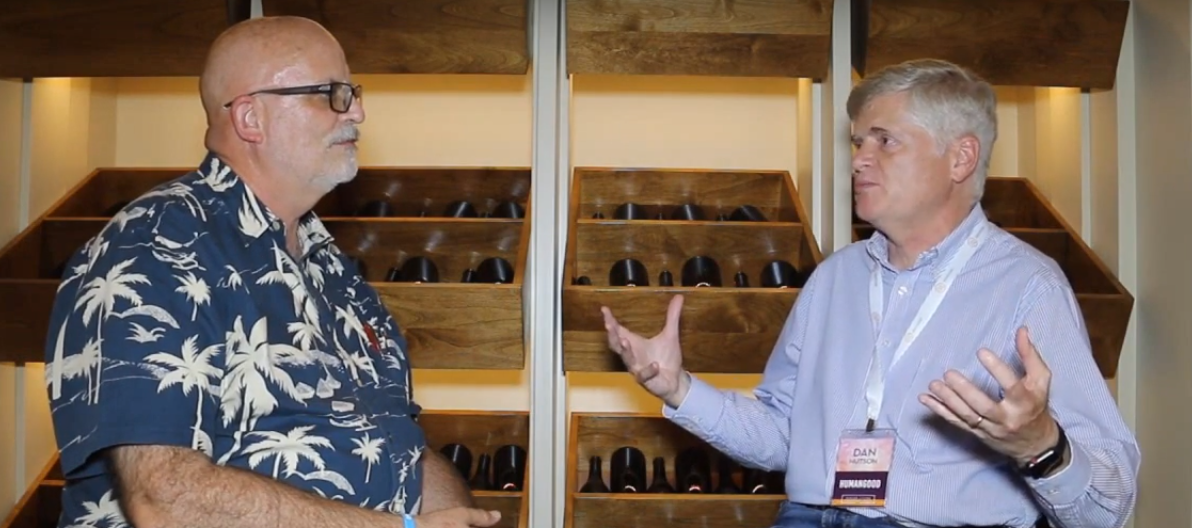Does your organization practice what it preaches?
By Steve Moran
It is way too often that I talk to team members who work in senior living and are distressed, discouraged, and disgusted that the organizations they work for say they stand for one thing and then do another.
There are some organizations like HumanGood that take this saying-and-doing idea very seriously. It turns out it is actually not such a simple thing to make happen. While at the Senior Living Innovation Forum that took place in Napa this past June (2018), Dan Hutson, the Chief Strategy Officer at HumanGood, talked about what they are doing to make this happen.
The Big Ideas
Here are the big ideas from that discussion. You can also watch the entire interview at the end of this article for a deeper dive.
-
The problem is often buried deep in the organization with brand being “owned” by marketing and culture by H.R. This really makes no sense since brand is ultimately the outward manifestation of who you are, who you say you are, and/or who you aspire to be.
-
To be really successful there needs to be perfect or near perfect alignment between who you say you are and what you are actually doing. It turns out that people are really good at recognizing authenticity and the lack of authenticity. When there is a disconnect it becomes a big turn-off.
-
For HumanGood the big idea was to have an organization that allows the people they serve to live rich, purposeful, engaged, meaningful lives. The first thing they did was to start talking to people. They started with residents, then began to talk to people who said no to the product they were offering. The big question was why the rejection?
-
What they found was really no surprise, prospects and residents want to continue to be useful, they are looking for purpose. They want their lives to mean something to other people. They want to grow and to have a sense that when they pass, they will have made a tangible impact on others.
-
A big part of this for HumanGood was how to create these same things for team members. The critical question is this: How do we do this same thing for team members? You look at Disneyland, a place that is billed as the happiest place on earth, except that . . . their employees are living out of their cars on the streets of Anaheim and are working two jobs to just barely survive.
That is a terrible brand disconnect.
-
Then once this transformation is underway, it becomes extremely important that team members and residents have the freedom to call out the organization when they are not living up to the brand promise.
-
It is also extremely important that the organization leadership openly acknowledge that it is a journey and that the organization is not perfect, that it will never be perfect. Maybe even more important when there is a fail, that the organization be honest and transparent about the failure, and what they are doing to fix it.
-
This alignment has to even extend to those organizations you are doing business with: your vendors, your partners, your referral sources. It is about all stakeholders.
Perhaps more fundamental than anything else is that you have to — as an organization and a leader — ask, “What is it we want to be?” And then make the commitment to do whatever it takes to get there.
You can watch the entire interview here:








